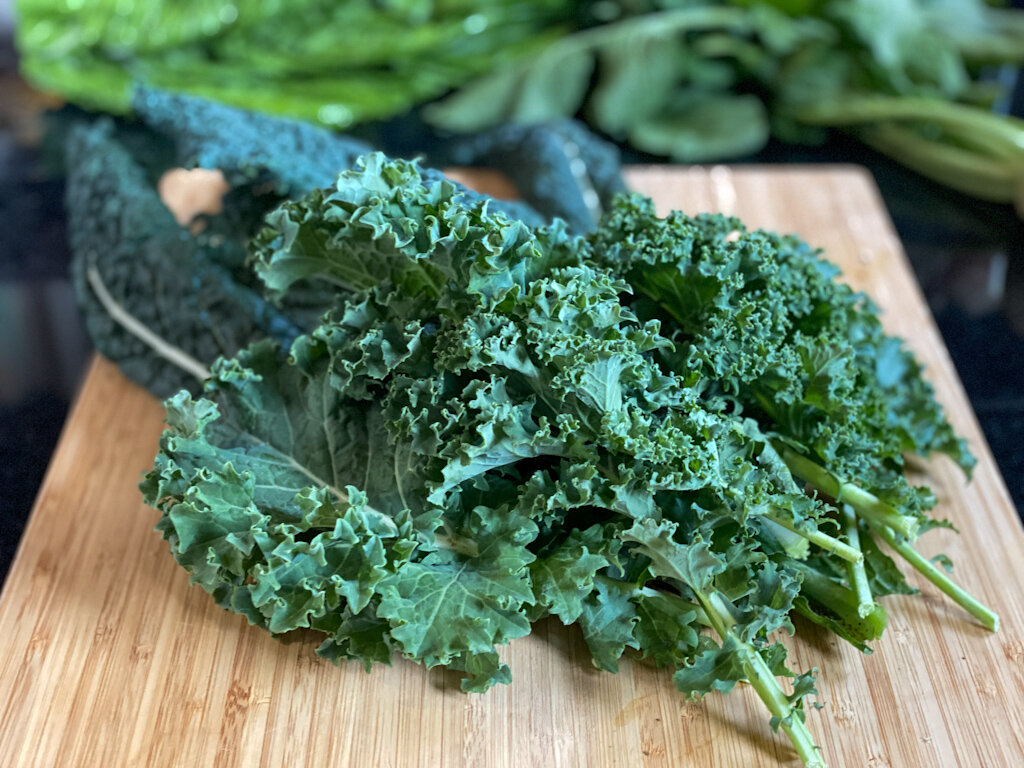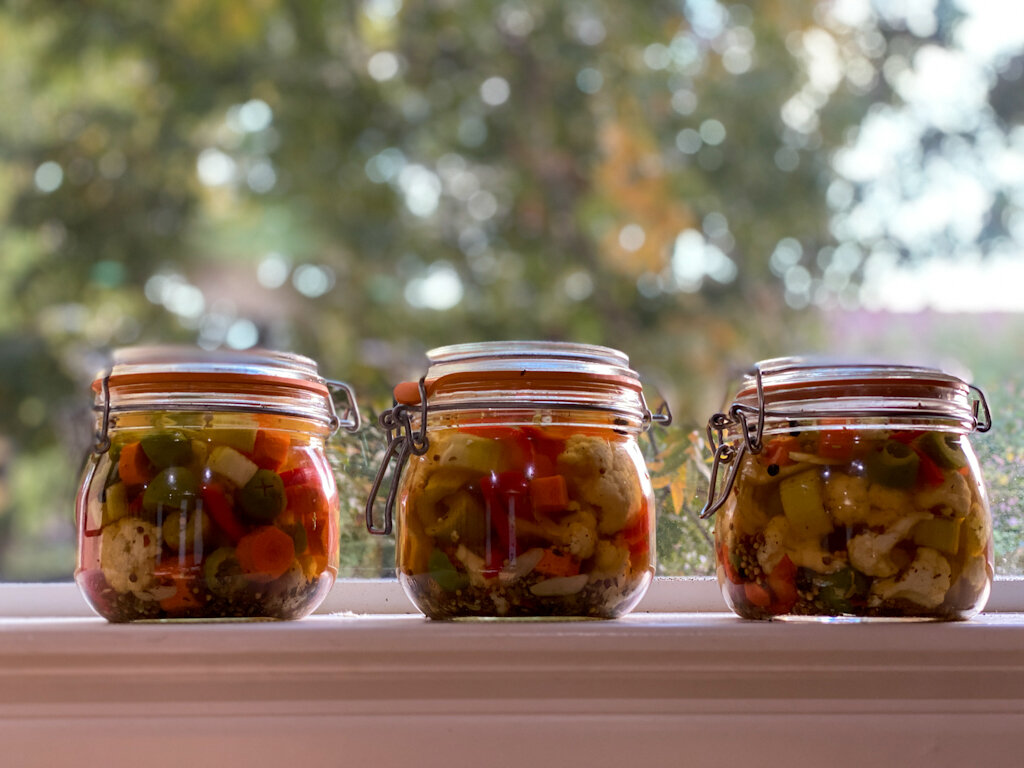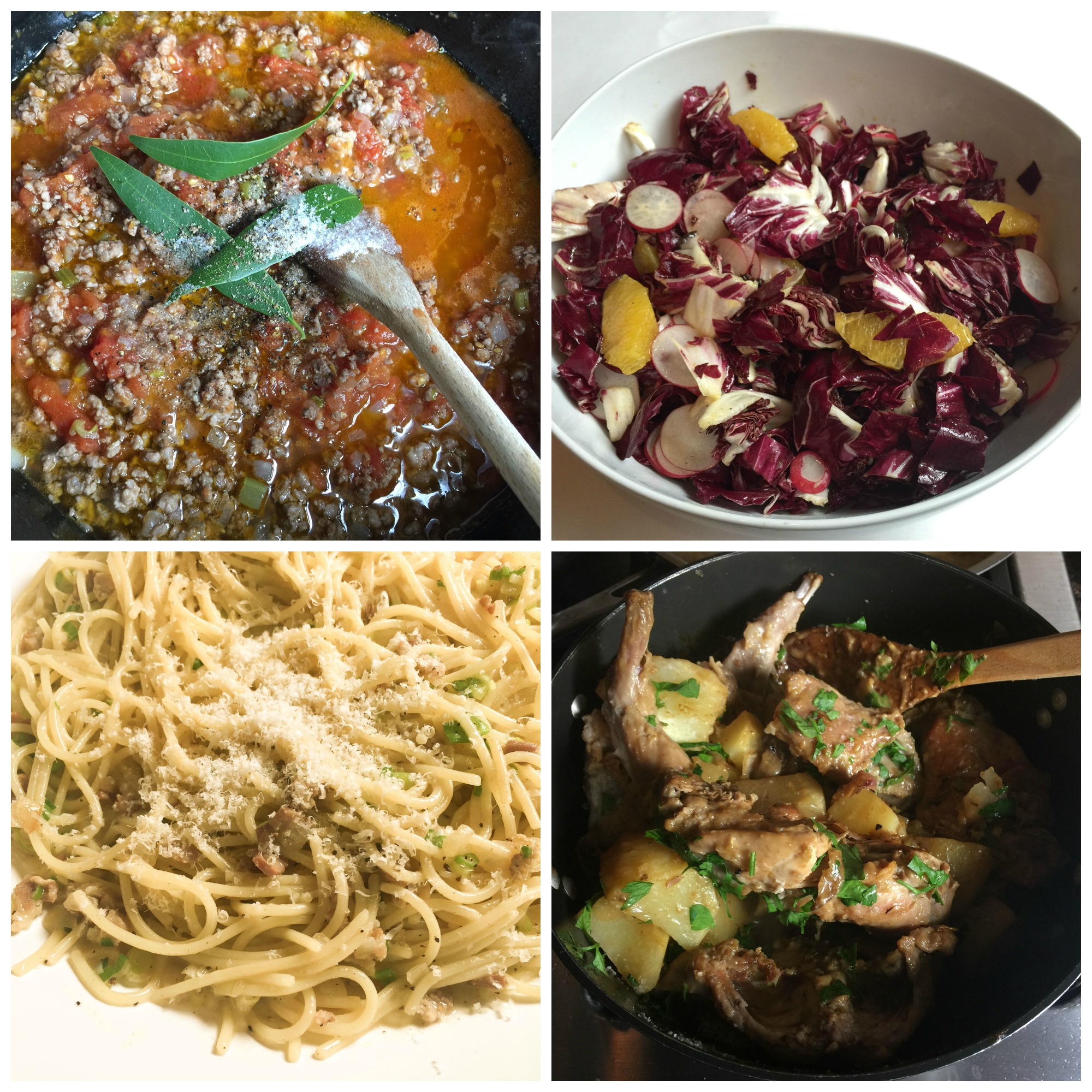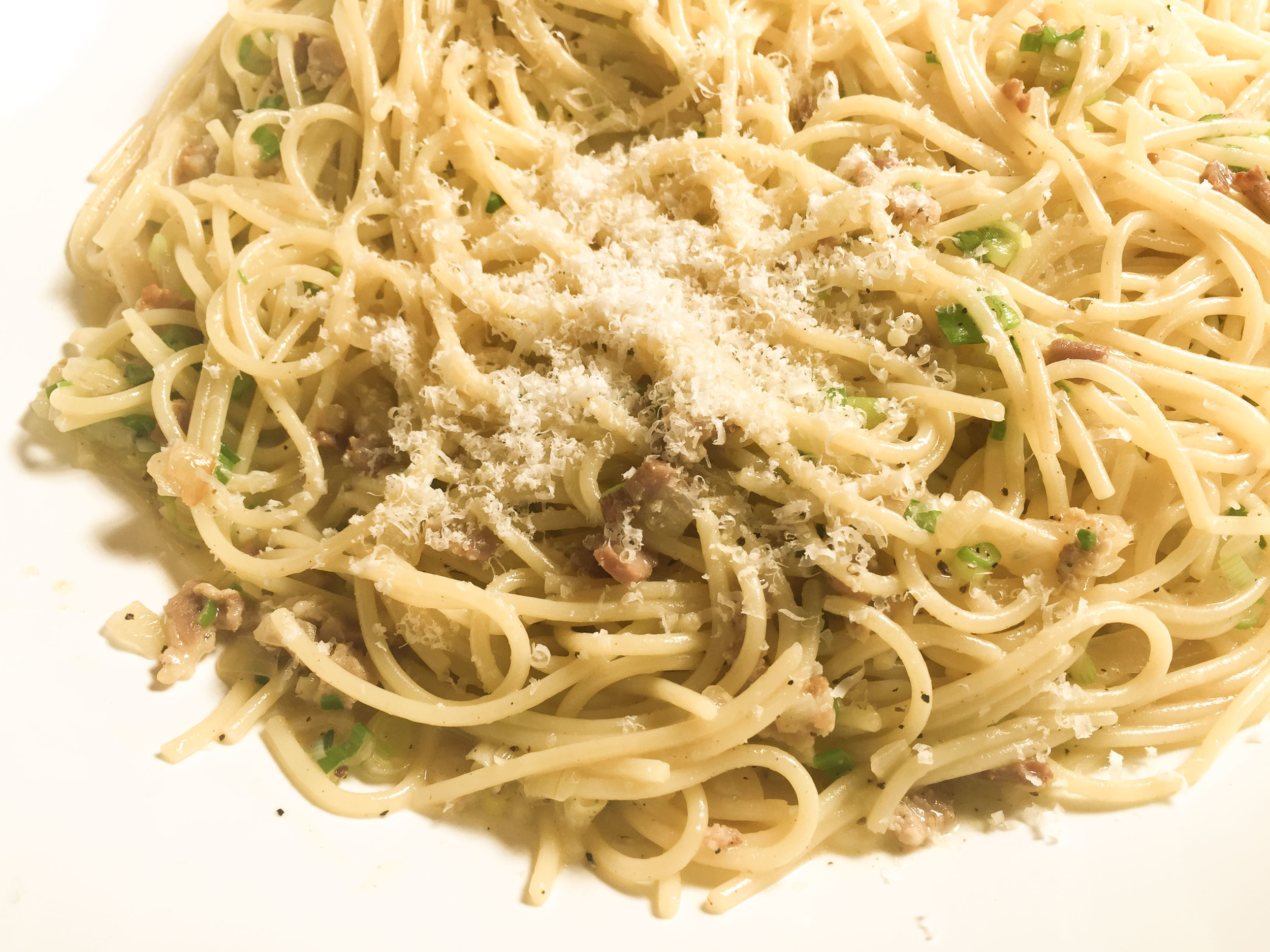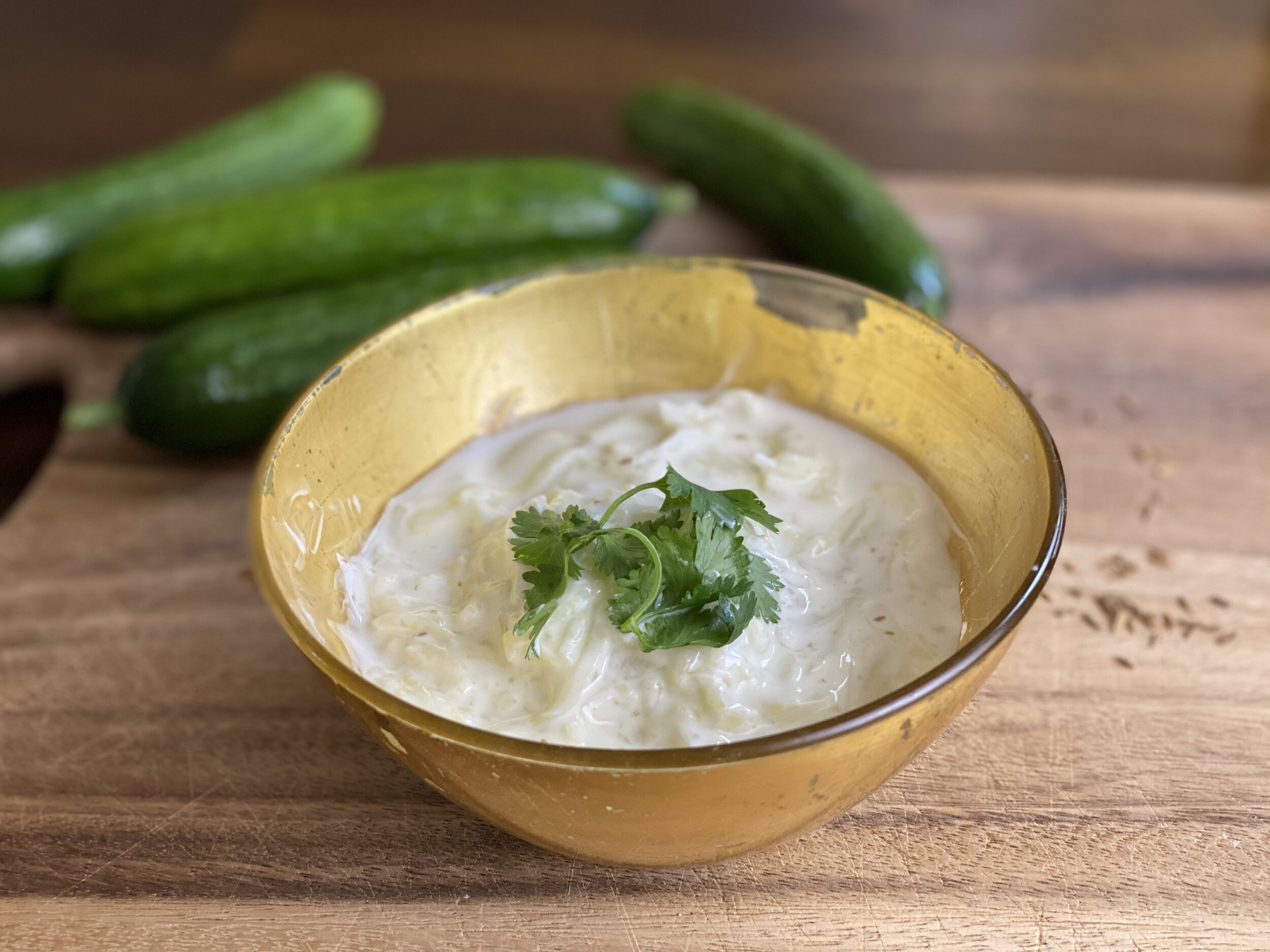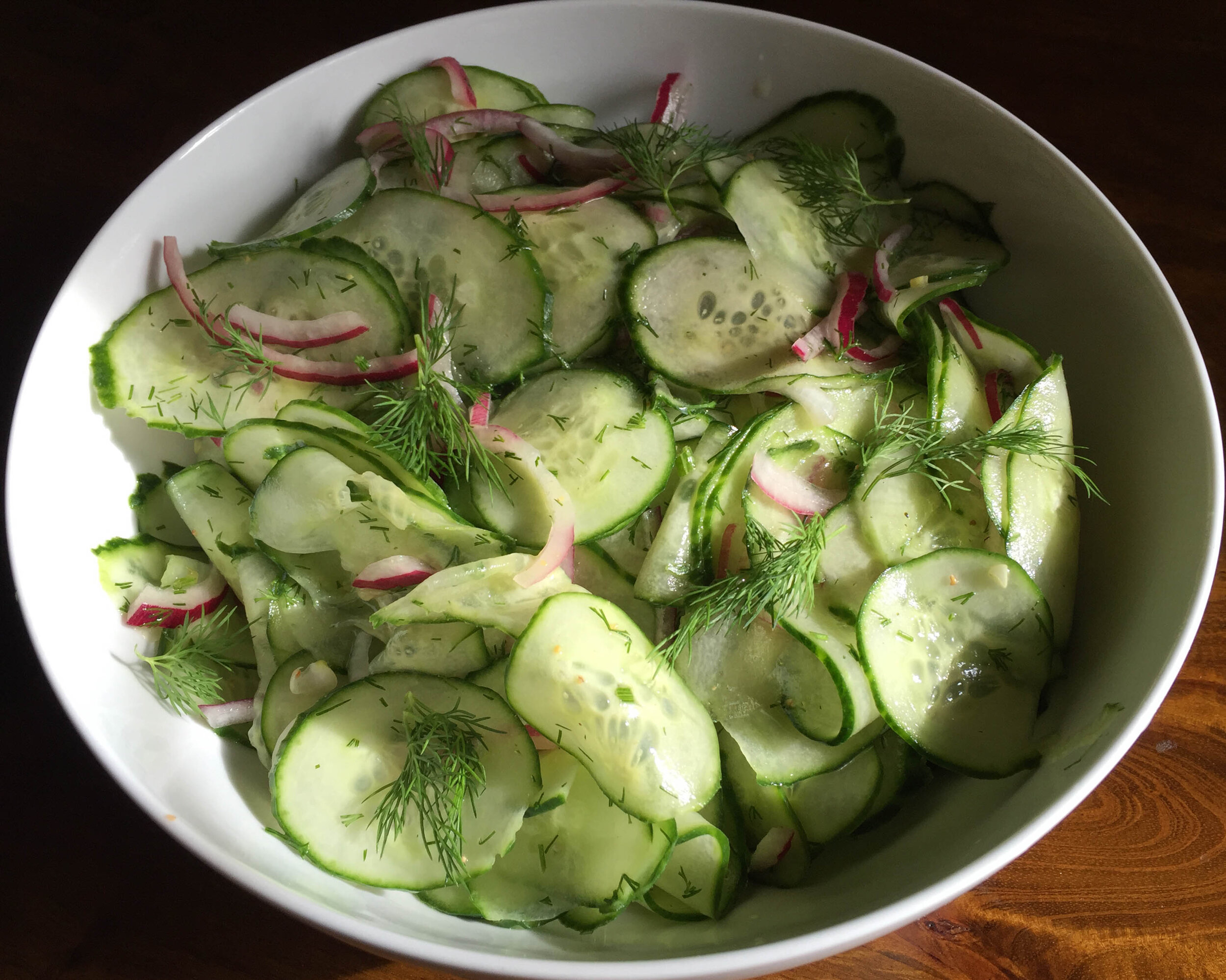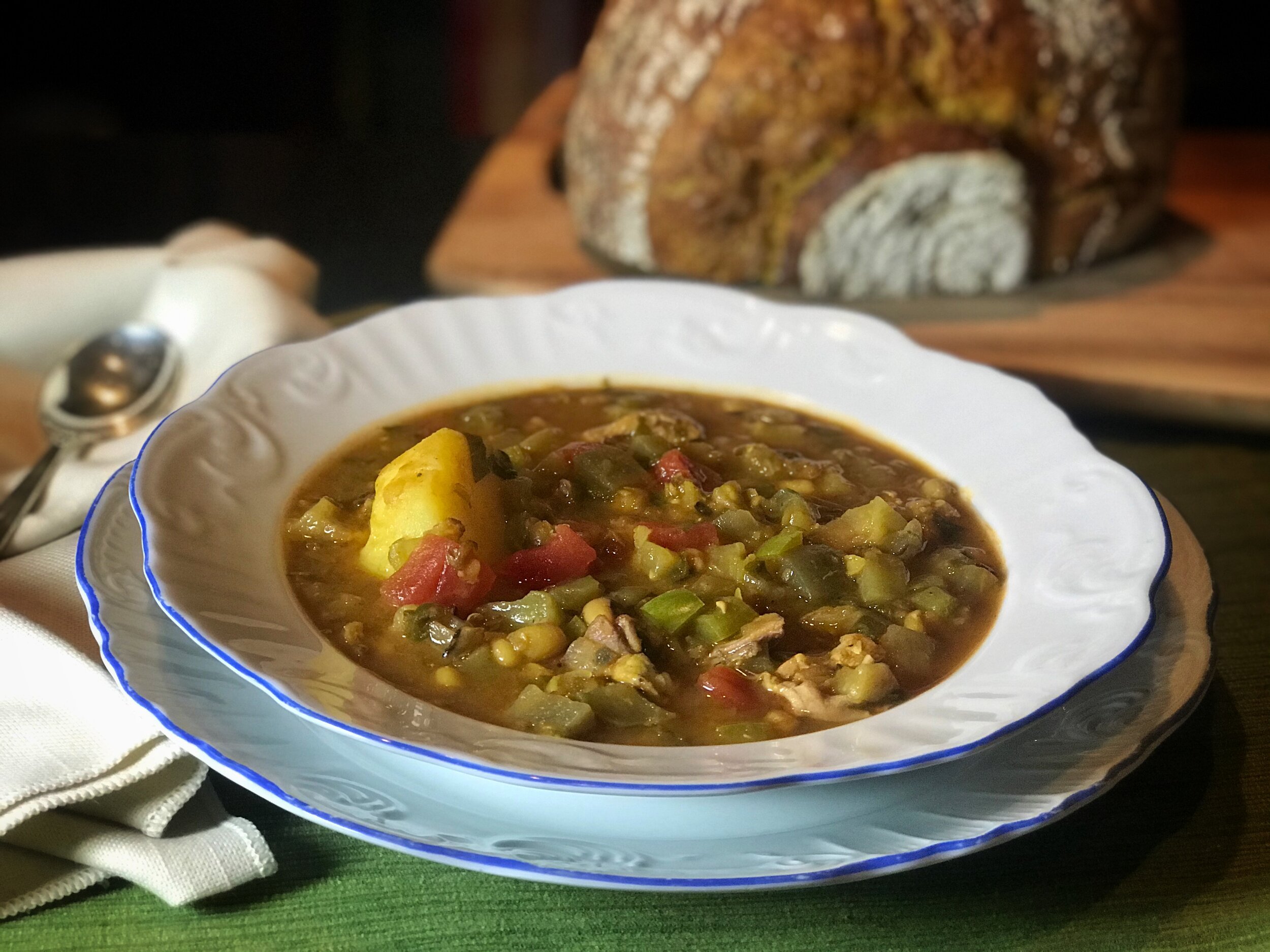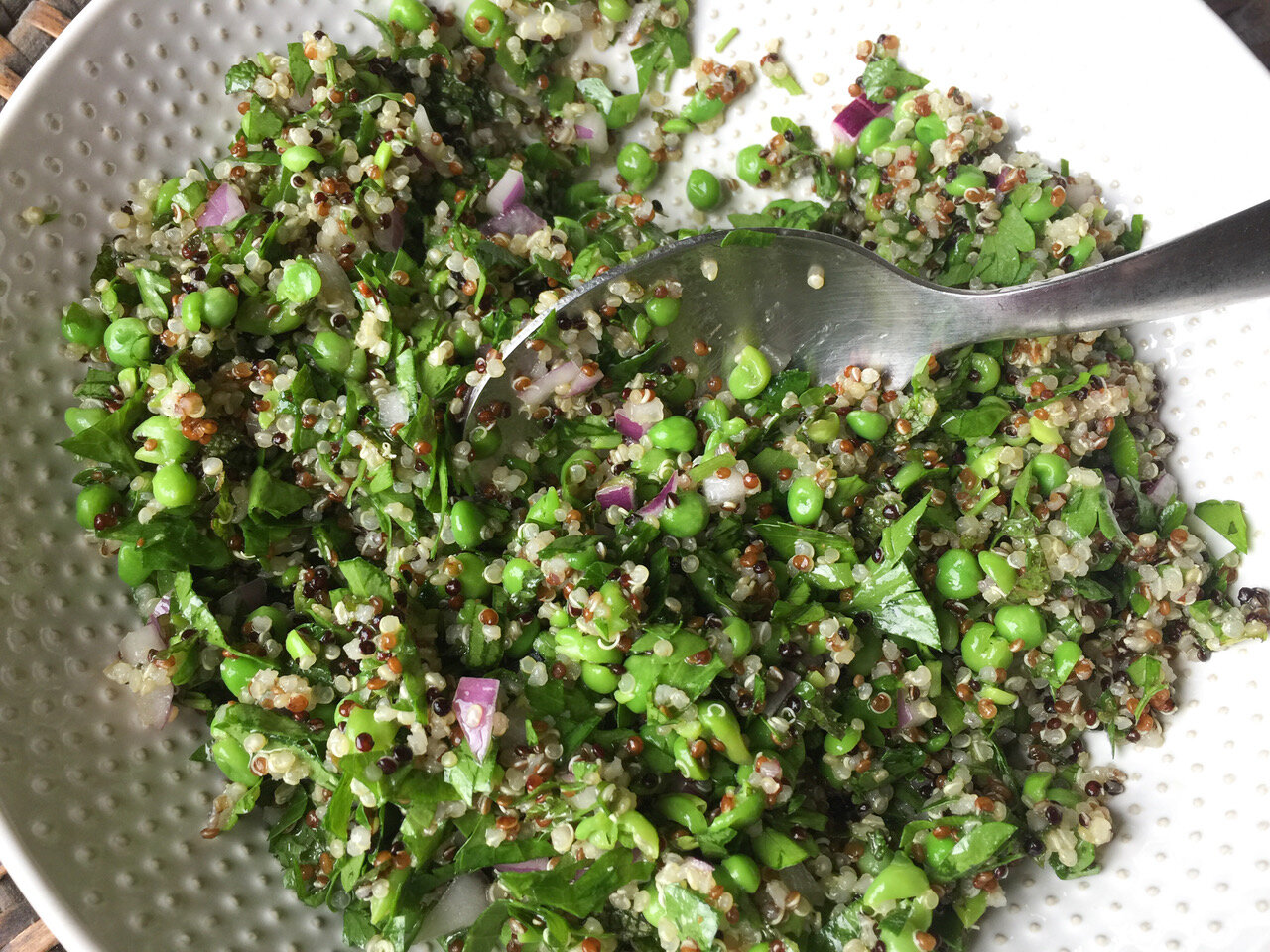If you’re anything like me, you’re likely to forget something as you plan your special holiday meals, or leave one thing to the last minute to strategize.
If for you that means spuds (during this weirdest-ever pre-holiday moment!), we’ve got just the thing: my family’s roasted potatoes.
The dish couldn’t be simpler, really, and it’s not much of a recipe. Think of it as a method. I usually use Yukon Golds or similar potatoes, but I’ve also used red ones. Most often I use medium-size Yukon Golds.
Here’s what you do: Peel and quarter the the potatoes lengthwise, drop them in a baking dish with a yellow onion peeled and cut into eighths. Drizzle with a couple of glugs of olive oil, liberate the leaves from four or five thyme branches, sprinkle liberally with salt and freshly ground pepper. Pop the dish in a hot oven, stirring once or twice with a wooded spoon to make sure they don’t stick, and roast for 45 to 55 minutes, until they’re crispy-edged and golden brown. Swap in other herbs, such as rosemary or oregano, if you don’t feel like thyme, add garlic cloves if you like, or swap the onions for shallots.
That’s it. I usually keep a big jar of grey sea salt from France in the pantry; I love using it with potatoes done this way. (But any salt will do.)
The potatoes are great with all kinds of rich holiday foods — prime rib, tenderloin and other roast beefs, turkey, ham, duck, goose and so on.
Best of all, they’re easy.
Oh, if you’re wondering about the platter they’re sitting on, it was an early work by my friend the ceramist Christopher Russell. He has since become a big deal artist who shows in galleries and whose work is highly sought-after. (I’m a huger fan than ever; check out his website.)
Back to those potatoes. They’re not just handy for holidays; they’re also brilliant with roast chicken or leg of lamb. Here you go:
RECIPE: The Brenner Family’s Roasted Potatoes
Happy holidays from Cooks Without Borders to you and yours!




